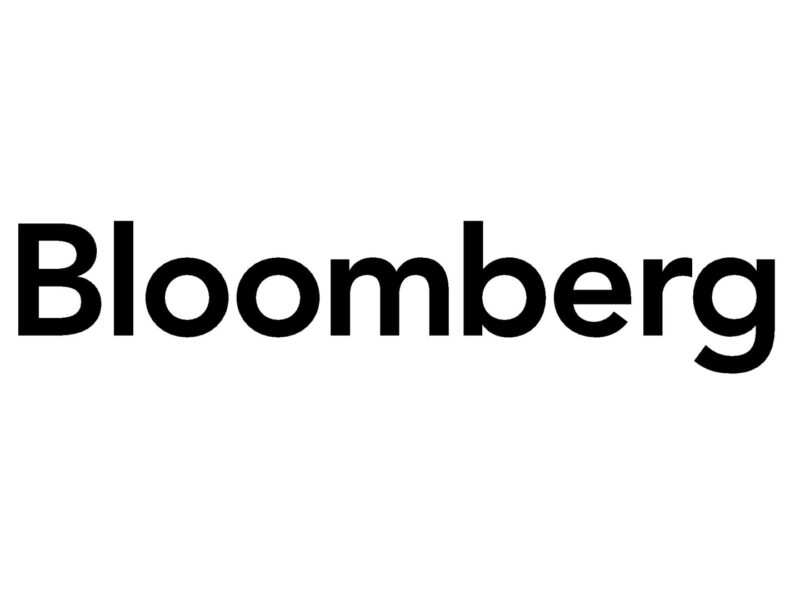Insight & Analysis | Financial Technology & Services (FTS)
The Future of Insurance Technology

A discussion from THL’s Second Annual Insurance Technology Webinar | June 2023
Key Takeaways:
- The $200 billion TAM Insurance Technology market is at a pivotal moment in its growth, with both legacy and emerging players looking for ways to modernize insurance functions and processes.
- As the insurance market continues to evolve, players need to focus on how to leverage new technologies, alternative data sources, and generative AI to boost internal efficiency, improve customer experience, and stay competitive long-term.
- In our second annual Insurance Technology Webinar, THL’s Ganesh Rao, Edward Shahnasarian, and Tim Ferris discussed these strategies and other exciting Insurance Technology developments with Oliver Wyman’s Gaurav Garg and Benedikt Dietl.
The financial technology and services sector is undergoing fundamental changes as a result of advancements in technology, automation, and AI. For insurance specifically, we’re seeing disruption across each piece of the value chain, from distribution, underwriting, and the customer journey to core systems, risk management,back-end claims, remediation, and payment workflows.
With a total addressable market of $200 billion, the Insurance Technology sector is growing rapidly due in large part to significant whitespace from players who have yet to adopt modern technology, more effective mining and operationalization of data, new ways of automating and streamlining time consuming, people-based workflows, and other new solutions helping to disrupt outmoded and manual processes.
During THL’s second annual Insurance Technology Webinar, Oliver Wyman partners Gaurav Garg and Benedikt Dietl joined members of THL’s Financial Technology & Services team — Ganesh Rao, Edward Shahnasarian, and Tim Ferris — to discuss the Insurance Technology landscape and what to expect over the next 10 years.
Emerging Risks Require Transformation
Over the last decade, insurance companies have begun transforming traditional business processes by informing, augmenting, or entirely replacing manual tasks with technology and analytics tools like document management systems, modernized call routing platforms, robotic process automation, and cloud-native administration systems. While operational efficiency and go-to-market speed are at the forefront of this drive to adopt, they are not the only factors. Carriers have been dealing with the emergence of novel risk vectors as well as creating entirely new insurance products, driving a need for both internal process optimization and revamped pricing models that more effectively assess risk.
“The risk that companies are now underwriting is highly unpredictable,” said Gaurav Garg, Partner & Global Head of Property & Casualty Insurance at Oliver Wyman. “COVID was one factor, supply chain disruption was another factor, then you have the change of weather, which has actually resulted in CAT activities. NNot to mention non-autonomous vehicles. Auto insurance is going to get totally disrupted.”
These emerging challenges present massive opportunities for Insurance Technology companies that compete with incumbents who are traditionally slow to adjust as well as for innovative solution providers who enable legacy players to adapt their systems to these modern issues.
“The next five to 10 years, I think, are pivotal in terms of how insurance will be done,” Gaurav commented.
Data: The Next Frontier
The future of insurance largely depends on data, which has exploded over the last decade as the world has become increasingly digital and interconnected.
“What we’re seeing today is people harnessing the power of alternative, predictive data across the value chain in insurance,” said Benedikt Dietl, Partner, Oliver Wyman.
For example:
- Distribution: Customer segmentation data helps inform how carriers and brokers approach clients and conduct a sales or service conversation.
- Underwriting: Emerging data sources like technographic and telematics help improve risk selection, while automated systems can analyze a wealth of data in seconds to generate quotes and project a policy’s profitability profile.
- Claims: Machine learning, aerial imagery, or social monitoring transform claims processing, enabling carriers to work more efficiently and customers to be paid faster.
In fact, some of this increase in data usage is not even “new” – there are many emerging vendors that simply allow customers to more effectively access their own internal data, which can be a challenge to extract due to legacy systems, disparate sources, and differing formats. The bottom line is that more and increasingly complex data sources are being adopted across the insurance ecosystem and will have major implications for how insurance carriers and distributors operate.
Digital Distribution & Differentiation
In the early stages of the Insurance Technology revolution, digitally-native, direct-to-consumer personal lines players were deemed a threat to their incumbent counterparts. Now, most of the established players have built or acquired the same digital, direct-to-consumer interfaces as their so-called disruptors. So, in an industry with a highly commoditized product, having an online interface isn’t a differentiator anymore.
As Gaurav pointed out, scale has emerged as a necessary trait to succeed in digital distribution. “Customer acquisition costs are so high on the direct side that you have to have scale almost immediately to be able to get that business to the next level,” he said.
The scale and resulting profitability afforded to incumbent players from their broad, multi-channel distribution models is one of the key reasons that they may actually be better positioned to win the long-term battle for DTC supremacy vs. their new-age peers. Not only do these traditional businesses have a head start in terms of historical data, but they may also have the necessary foundation to endure the upfront cost and headaches associated with building a viable DTC platform.
How this all plays out will be instructive for a potential future where the commercial side of insurance starts going direct. Though Ed Shahnasarian, Managing Director at THL, suspects it will be years — maybe even decades — before direct commercial distribution actually happens.
The Future of Insurance Technology
In the near term, there are several product categories and broader themes that we see emerging in the Insurance Technology space.
Two exciting product categories are cyber protection and pet insurance, which currently have low adoption rates but long-term potential. “We haven’t reached maturity, and there’s a lot of opportunity for people playing here,” said Benedikt.
Gaurav pointed out two other areas of potential: warranties and non-balance-sheet-bearing services. “Insurance companies are looking to augment their revenue with, what they call, assistance and services portfolios around their products.” One example of this is healthcare’s COVID-inspired adoption of telehealth as a now standard service.
On the operational side, insurance to indemnify loss is no longer enough. Insurance companies enjoy considerable insight into risk, which they could — and should — use to prevent losses from happening in the first place by making suggestions to clients on actions they can take to reduce the frequency or severity of events.
“This is what I term the ‘predict and prevent’ phase of insurance,” said Gaurav. “[It] will become a major platform for insurance companies and clients because two things will happen. One is that economic loss will go down. The other, which is missing from the insurance industry versus any other financial service, is client engagement.”
Also on the operational side, AI will play a huge role in helping to create “human-assist” capabilities to help reduce the amount of human intervention needed in certain workflows. Automating the extraction of information to help speed underwriting and detect errors is low hanging fruit, according to Tim Ferris, Vice President, THL. Generative AI may also improve customer service, enabling customers to more quickly access information like how to file a claim or interpret policy language while simultaneously freeing up customer service teams to focus on more urgent, time-sensitive issues.
At the end of the day, the key to building a successful Insurance Technology company is focusing on a unique value-add that complements gaps in the industry. Ganesh Rao, Managing Director and Head of Financial Technology & Services at THL, stands by three tenets for success: 1) focus on initiatives that drive differentiation, 2) create metrics to understand what’s working and not, and to project future earnings, and 3) gain alignment across leadership, employees, and investors so everyone is on the same page as far as initiatives and metrics go. When companies have all three, they’ll be better equipped to gauge success and, if needed, have clear views on when and how to pivot.
To learn more about how Insurance Technology companies are driving efficiency and scale across the industry, watch the full webinar, visit our website, or contact our team today:
Ganesh Rao
Managing Director, Head of Financial Technology & Services
grao@thl.com
Edward Shahnasarian
Managing Director, Financial Technology & Services
eshahnasarian@thl.com
Tim Ferris
Vice President, Financial Technology & Services
tferris@thl.com
THL Insights: The Future of Insurance Technology
- Verticals
- Financial Technology & Services (FTS)
- ISO
- Insurance
- Verticals
- Financial Technology & Services (FTS)
- ISO
- Insurance



